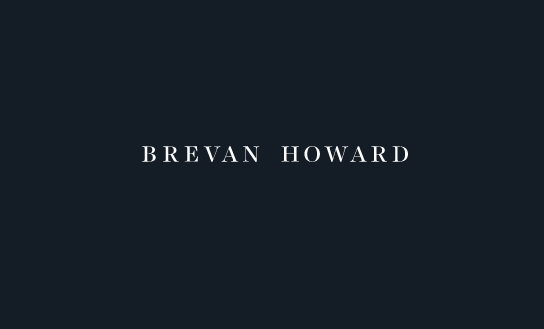BH Macro Limited released impressive numbers for the year-end December 2022. The price of the sterling class shares rose by 20.05% and the US dollar class shares by 12.72%, whilst the NAV per share rose by 21.91% for the sterling class shares and 21.17% for the US dollar class shares. While the company doesn’t list a benchmark in its annual report, the performance was well ahead of major market indices. Unsurprisingly, the company has traded at a solid premium over the past 12 months. This was as high as 21% at one point, although has narrowed in recent times to close at around 3%.
Commenting on the performance, Richard Horlick added;
“We anticipated that it was going to be a challenging investing environment in last year’s report. In the event, we weren’t surprised by the volatility. Some of the worst of our expectations came to pass: the invasion of Ukraine, soaring energy costs, the highest inflation for 40 years, and repeated interest rates rises globally. The UK exacerbated this background with a revolving door at 10 Downing Street and lurches in policy which de-stabilised markets. Coming into 2023, stock markets enjoyed one of their best starts to a calendar year and appeared to be embracing an expectation that despite the negative backdrop and continued inflation, that a soft landing would be achieved. That hope hit the skids in March when the Fed and the ECB turned more hawkish on inflation and unleashed a cascade of bank failures and retrenchments.
“The optimistic scenario of a soft landing appears to be very much under review. Having said that, your Board remains confident that your Company’s Manager is very well placed to weather these choppy waters and, given BH Macro’s longstanding track record of performing in such uncertain environments, the case for holding the Company in an investment portfolio remains as strong as ever.”
Looking ahead, the managers of the fund commented;
“The economic environment last year proved favourable for our core macro strategies. Surging inflation, combined with central banks reversing years of monetary stimulus, triggered high levels of volatility across a range of markets, creating a rich opportunity set. Our core theme of higher US rates played out during the first three quarters of the year. When sentiment shifted in the fourth quarter toward the possibility of an end to the rate-hiking cycle in the US and concerns about recession in Europe, the Master Fund was able to generate additional gains by positioning for lower rates. European interest rate trading was much more tactical throughout the year, also contributing to gains. Not only did the traditional macro directional strategies perform well, but so too did a range of other strategies including FX, relative value, inflation, and emerging markets. Looking to the future, it is worth considering the recent past.
“The decade following the Great Financial Crisis saw the longest economic recovery on record, fuelled by unprecedented monetary and fiscal stimulus. Macroeconomic and market volatility was suppressed as policymakers used an ever-growing set of policy tools designed to curtail potential bad outcomes. Harvesting risk premium in this quiescent environment was relatively straightforward for investors. Eventually, though, the consequence of such hyper-easy monetary and fiscal policy was a surge in inflation exacerbated by pandemic-related disruptions to the supply side of the global economy. Against this backdrop, inflation broke out of 40-year ranges in many developed market (DM) and emerging market (EM) economies.
“Huge uncertainties remain as to whether global central banks will succeed in containing inflation without triggering severe recessions. Something always breaks during a rate-hiking cycle and there’s no such thing as a pain-free recession. At the beginning of this year, it looked like investors were willing to believe in a soft landing. However, by the end of the first quarter, bank failures in the US and a near-miss in Europe reminded markets that interest-rate sensitive sectors of the economy are in for a rough time. The near-term prospect of a credit crunch which slows economic activity has to be evaluated against continued unwelcome inflationary pressures.
“Policymakers are experienced, coordinated and determined. But, it’s unclear whether they have the macro prudential tools to reassure financial markets while simultaneously using monetary policy tools to tame inflation. Soft landing may turn into turbulence or worse. This task is made harder as economies adapt to new geopolitical realities by accelerating re-shoring and supply chain independence, while political classes remain incentivised to push in the opposite direction by keeping the fiscal reins loose. Global imbalances, both within individual economies as well as between them, in part due to economic desynchronisation, are at generational extremes. As a consequence, the macro landscape looks set to remain extremely interesting.”
BHMG : Another tick for BH Macro
